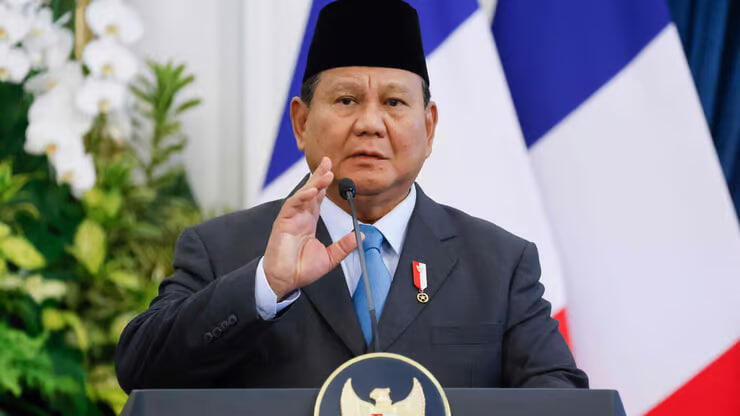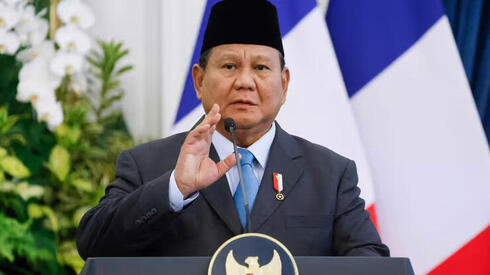
Indonesia’s economic power and Israel’s tech strength could converge
Potential cooperation in AI, agri-tech, and climate resilience gains traction.
A possible rapprochement with Indonesia illustrates the historic shift that could reshape the region, and Israel in particular, once the war in Gaza comes to an end. Israel was reportedly hoping for a potential visit by Prabowo Subianto, the president of the world’s largest Muslim-majority country, following his participation at the summit in Sharm el-Sheikh. However, that ultimately didn’t come to fruition.
This development is not only political, it carries significant economic potential that could open new horizons for the Israeli economy. Progress in this direction will depend largely on the determination of the U.S. administration to continue the process set in motion at the close of the war. In recent weeks, it appears that the Trump administration has the leverage necessary to pressure all sides toward a breakthrough.
Indonesia may well be the first sign of this emerging transformation, part of a broader set of opportunities that could soon be available to Israel’s industry and exporters. Should the proposed diplomatic visit materialize and pave the way for even limited and discreet economic cooperation, it could evolve into a mutual growth engine for both nations.
With a population of roughly 280 million, Indonesia represents a major global economic player, a vast domestic market, rich in natural resources and strategically located at the heart of Asia’s supply chains. The country’s GDP reached about $1.4 trillion last year, ranking it 17th among the world’s largest economies. Over the past several years, Indonesia’s growth rate has stabilized at around 5% annually, with official forecasts for the current year pointing to similar expansion. The current government in Jakarta aims to boost liquidity and stimulate lending, consumption, and investment, with a goal of raising growth to 6% next year.
In 2024, Indonesia’s exports totaled about $265 billion, driven primarily by coal, palm oil, and metal ores, though signs of a gradual shift toward higher-value manufacturing, including nickel processing and light industries, are emerging. Imports totaled roughly $235 billion, including about $36 billion in oil and gas products. The majority of imports are industrial raw materials, with only about 10% classified as consumer goods.
Related articles:
Since taking office in October 2024, President Subianto, a former army general, has set an economic course that differs sharply from his predecessors. His policies combine expanded credit programs with broad social welfare initiatives, such as providing free meals to all schoolchildren. He emphasizes self-sufficiency in food and energy, accelerated industrialization, and upgrading the resource value chain. Supporters argue that these policies will sustain long-term growth; critics warn they could deplete foreign currency reserves and fuel inflation. In August and September, large-scale student-led protests over living conditions and economic policy were violently suppressed, prompting a cabinet reshuffle.
Meanwhile, Indonesia’s digital economy is booming, now valued at an estimated $130 billion. The surge is being driven by e-commerce, fintech, and cloud-based services, supported by a young, connected population. This rapid expansion is creating growing demand for cloud infrastructure, cybersecurity, payment systems, logistics, and AI solutions, all sectors where Israeli technology companies excel.
Indonesia also faces recurring environmental and agricultural challenges, including flooding, seasonal droughts, and water pollution, alongside a need to boost agricultural productivity, areas where Israeli expertise could play a significant role.
Finally, Indonesia’s large nickel reserves make it a critical link in the global electric vehicle supply chain, particularly in battery production. If diplomatic and economic ties were to open, this too could present new opportunities for Israeli companies seeking entry into one of Asia’s most dynamic and resource-rich markets.
